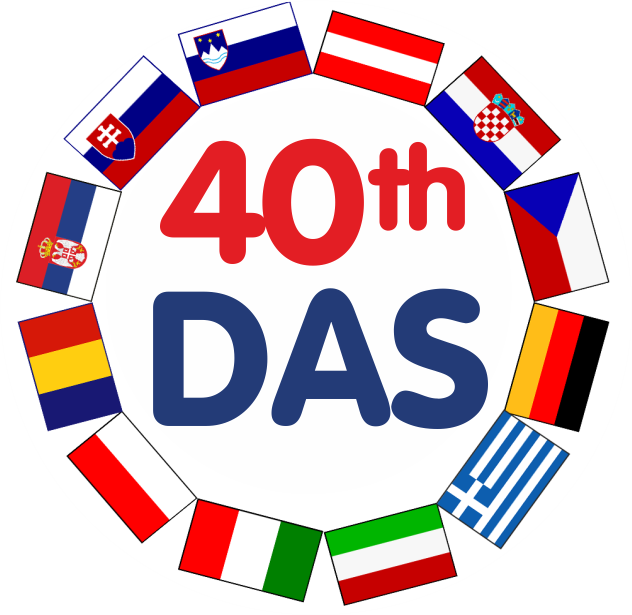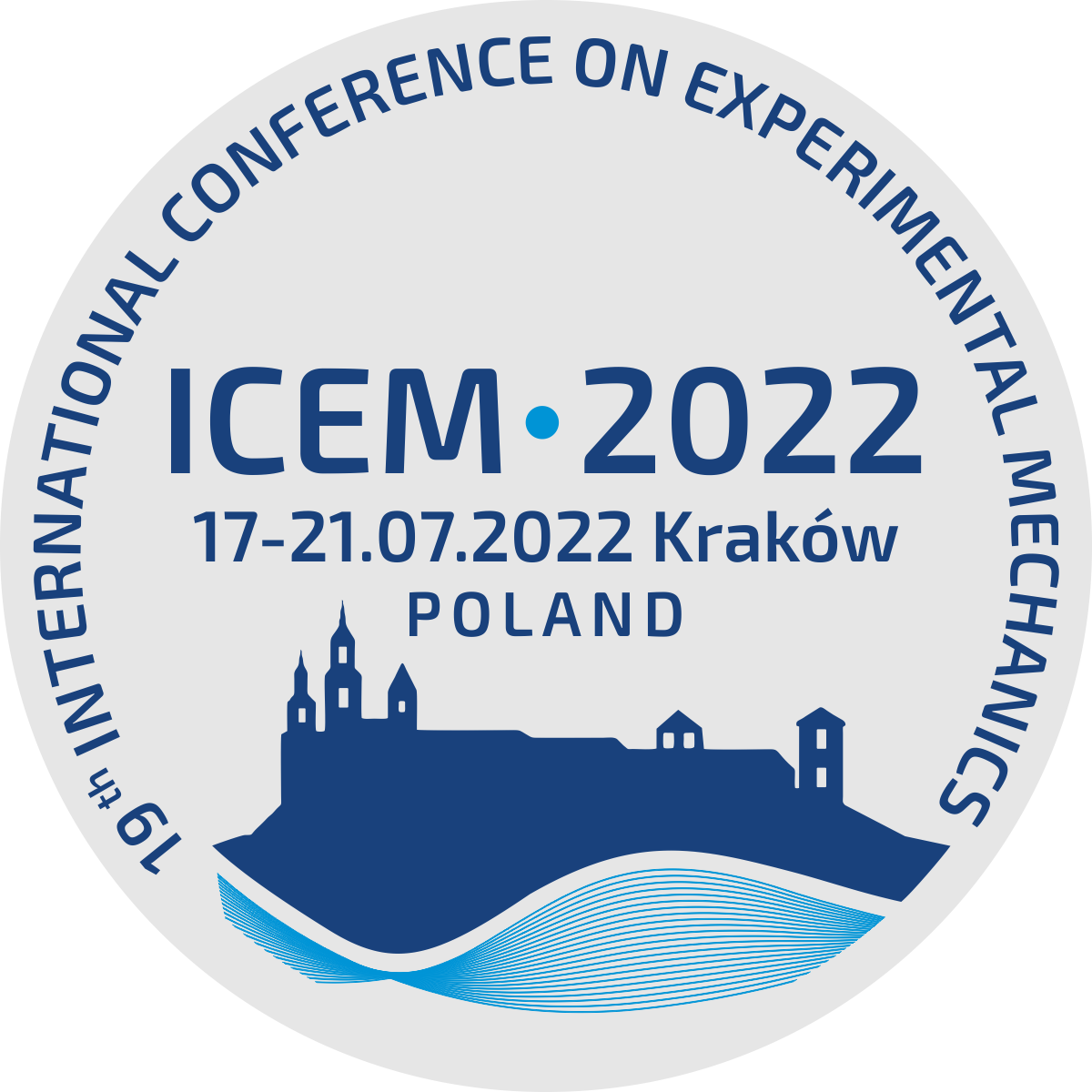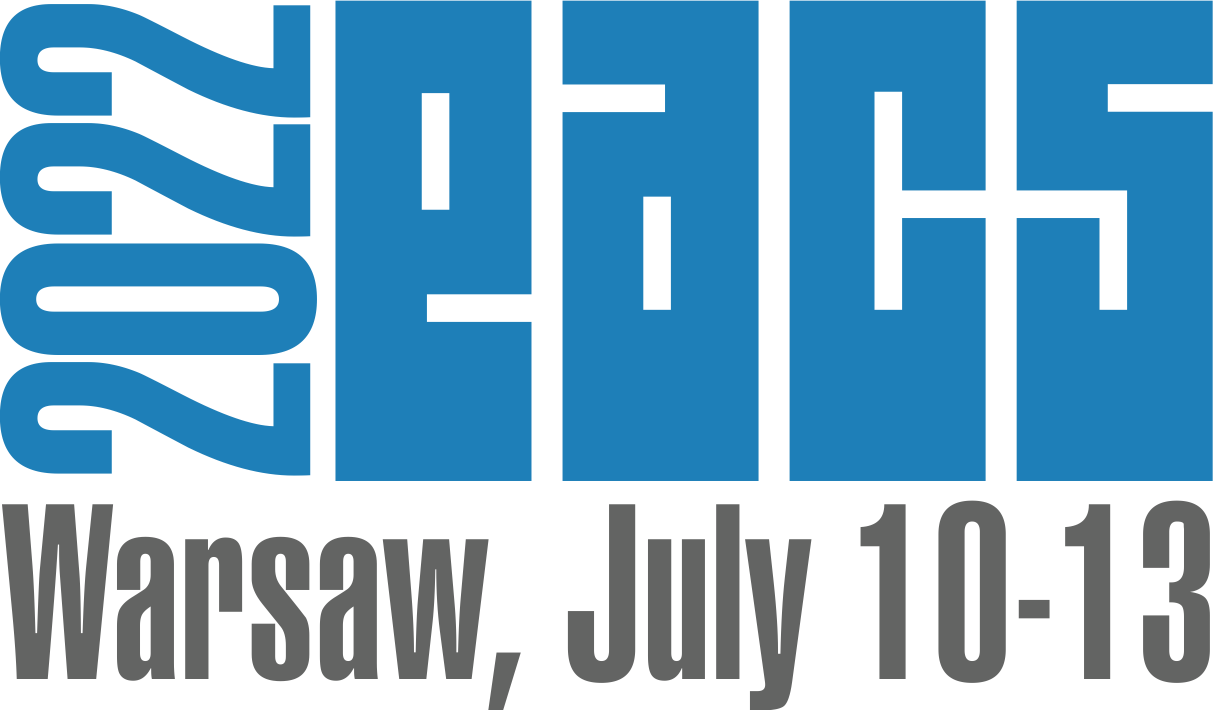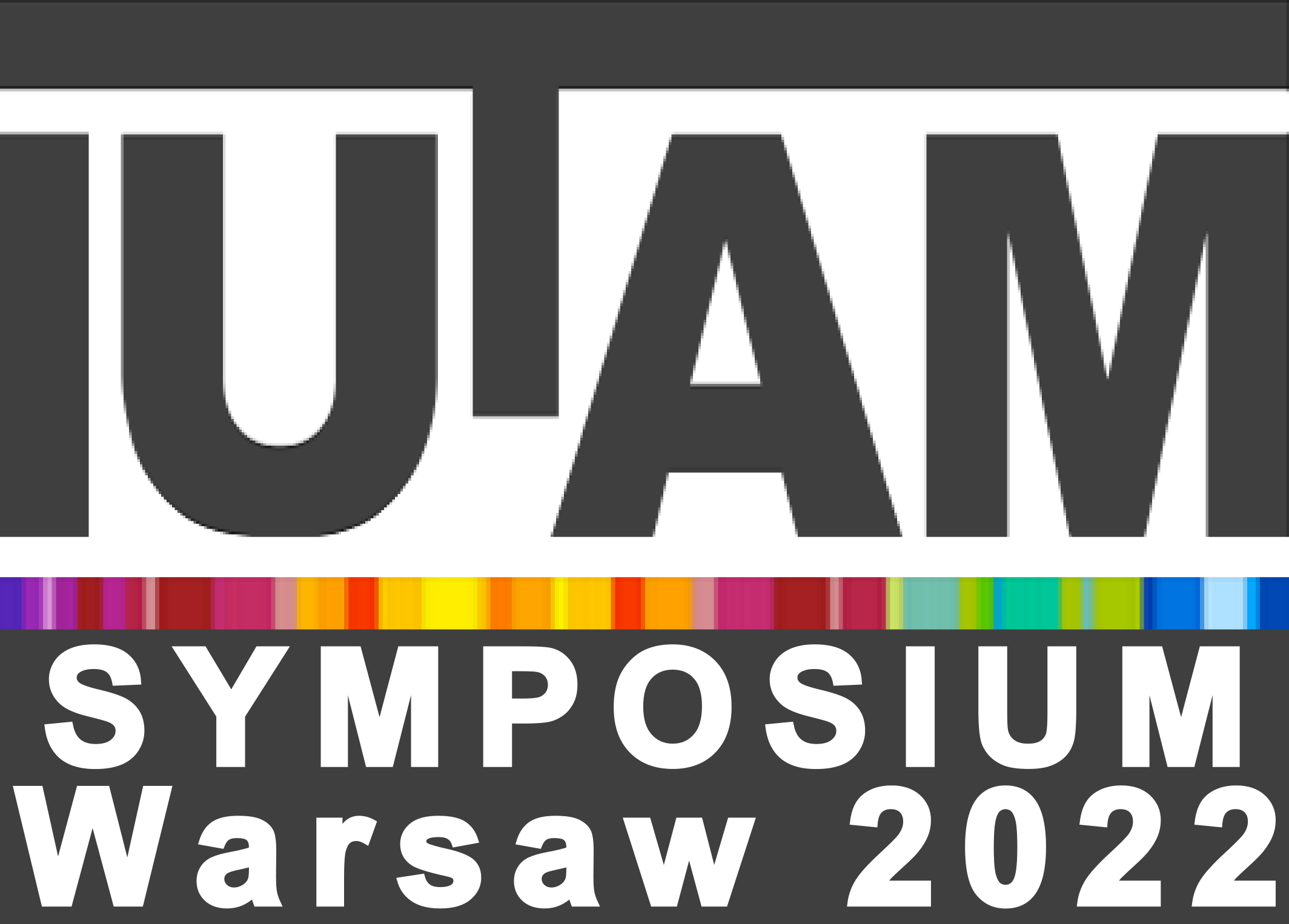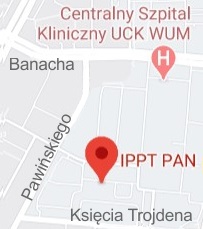| 1. |
Zieliński T.G., Galland M.-A.♦, Multi-tortuous acoustic materials,
JOURNAL OF SOUND AND VIBRATION, ISSN: 0022-460X, DOI: 10.1016/j.jsv.2025.119433, Vol.621, pp.119433-1-27, 2026 Abstract:
In this work, a multi-pressure equivalent fluid (MPEF) approach is applied to model non-conventional acoustic materials that combine different, separate pore networks with contrasting tortuosities. A technique for the informed design of such multi-tortuous materials is proposed. It is based on the observation that broadband performance of such a material can be achieved by tuning the quarter-wavelength resonances corresponding to each network. The material design consists therefore in adding and tailoring the separate pore networks to obtain contrasting tortuosities that evenly distribute these resonances over the desired frequency range. Additional improvement is achieved by independent isotropic scaling of the separate networks. The proposed technique is accurate and also very efficient because it is based on semi-analytical calculations. All this is demonstrated on several examples of multi-tortuous materials which, for simplicity, have an essentially two-dimensional structure. The results obtained in the material design process are verified by Navier-Stokes direct numerical simulations as well as by the MPEF numerical model. Final validation was also carried out experimentally on an additively manufactured sample of one of the multi-tortuous materials designed for this study. The multi-resonance phenomenon observed in sound absorption as well as the experimentally demonstrated anomalous behaviour of the multi-tortuous material backed by an air gap are very well predicted by the modelling and explained in detail on physical grounds. Keywords:
Multi-resonant acoustic materials, Disconnected pore networks, Multi-pressure model, Tortuosity-based design, Sound absorption Affiliations:
| Zieliński T.G. | - | IPPT PAN | | Galland M.-A. | - | École Centrale de Lyon (FR) |
|  |
| 2. |
Jamois A.♦, Dragna D.♦, Zieliński T.G., Galland M.-A.♦, Acoustic absorption of 3D printed samples at normal incidence and as a duct liner,
Acta Acustica, ISSN: 2681-4617, DOI: 10.1051/aacus/2024088, Vol.12, pp.9-1-18, 2025 Abstract:
Prediction of the acoustic performance of 3D printed materials is investigated at normal and grazing incidence. A direct numerical (microscopic) simulation that solves the full set of Navier-Stokes equations is used as a reference. It is compared with a macroscopic approach in which the material is represented by an equivalent fluid. The materials have a periodic microstructure, consisting either of a single network of spherical or cubic cavities connected by cylindrical channels or of a double-nested network. The samples are printed using the stereolithography technique and are tested using an impedance tube and a duct test bench. For single network geometries, the results of sound absorption at normal and grazing incidence predicted using the equivalent fluid approach are in good agreement with those obtained by the microscopic approach. Comparisons with impedance tube measurements confirm that both approaches can accurately predict the absorption coefficient of the samples. For the in-duct liner configuration, the transmission loss measurements and predictions show similar evolution with frequency change, despite the discrepancy in amplitude. For the double network geometry, the equivalent fluid approach cannot exactly reproduce the results obtained with the direct numerical simulation. Finally, while the predictions with the microscopic approach provide a good match with the impedance tube measurements, only a poor agreement is obtained using the duct testing bench. Keywords:
Acoustic absorber,3D printing,Duct,Multiscale approach Affiliations:
| Jamois A. | - | other affiliation | | Dragna D. | - | other affiliation | | Zieliński T.G. | - | IPPT PAN | | Galland M.-A. | - | École Centrale de Lyon (FR) |
|  |
| 3. |
Zieliński T.G., Opiela K.C., Dauchez N.♦, Boutin T.♦, Galland M.-A.♦, Attenborough K.♦, Extremely tortuous sound absorbers with labyrinthine channels in non-porous and microporous solid skeletons,
APPLIED ACOUSTICS, ISSN: 0003-682X, DOI: 10.1016/j.apacoust.2023.109816, Vol.217, pp.109816-1-13, 2024 Abstract:
An assembly of additively-manufactured modules to form two-dimensional networks of labyrinthine slits results in a sound absorber with extremely high tortuosity and thereby a relatively low frequency quarter wavelength resonance. Fully analytical modelling is developed for the generic design of such composite acoustic panels, allowing rapid exploration of various specific designs. In addition to labyrinthine channels in a non-porous solid skeleton, a case is also considered where the skeleton has microporosity such that its permeability is very much lower than that due to the labyrinthine channels alone. The analytical modelling is verified by numerical calculations, as well as sound absorption measurements performed on several 3D printed samples of modular composite panels. The experimental validation required overcoming the non-trivial difficulties related to additive manufacturing and testing samples of extreme tortuosity. However, due to the two-dimensionality and modularity of the proposed design, such absorbers can possibly be produced without 3D printing by assembling simple, identical modules produced separately. The experimental results fully confirmed the theoretical predictions that significant sound absorption, almost perfect at the peak, can be achieved at relatively low frequencies using very thin panels, especially those with double porosity. Keywords:
Sound absorption,Extreme tortuosity,Double porosity,Acoustic composites,Additive manufacturing Affiliations:
| Zieliński T.G. | - | IPPT PAN | | Opiela K.C. | - | IPPT PAN | | Dauchez N. | - | Sorbonne University Alliance (FR) | | Boutin T. | - | Sorbonne University Alliance (FR) | | Galland M.-A. | - | École Centrale de Lyon (FR) | | Attenborough K. | - | The Open University (GB) |
|  |
| 4. |
Zieliński T.G., Opiela K.C., Pawłowski P., Dauchez N.♦, Boutin T.♦, Kennedy J.♦, Trimble D.♦, Rice H.♦, Van Damme B.♦, Hannema G.♦, Wróbel R.♦, Kim S.♦, Ghaffari Mosanenzadeh S.♦, Fang N.X.♦, Yang J.♦, Briere de La Hosseraye B.♦, Hornikx M.C.J.♦, Salze E.♦, Galland M.-A.♦, Boonen R.♦, Carvalho de Sousa A.♦, Deckers E.♦, Gaborit M.♦, Groby J.-P.♦, Reproducibility of sound-absorbing periodic porous materials using additive manufacturing technologies: round robin study,
Additive Manufacturing, ISSN: 2214-8604, DOI: 10.1016/j.addma.2020.101564, Vol.36, pp.101564-1-24, 2020 Abstract:
The purpose of this work is to check if additive manufacturing technologies are suitable for reproducing porous samples designed for sound absorption. The work is an inter-laboratory test, in which the production of samples and their acoustic measurements are carried out independently by different laboratories, sharing only the same geometry codes describing agreed periodic cellular designs. Different additive manufacturing technologies and equipment are used to make samples. Although most of the results obtained from measurements performed on samples with the same cellular design are very close, it is shown that some discrepancies are due to shape and surface imperfections, or microporosity, induced by the manufacturing process. The proposed periodic cellular designs can be easily reproduced and are suitable for further benchmarking of additive manufacturing techniques for rapid prototyping of acoustic materials and metamaterials. Keywords:
porous materials, designed periodicity, additive manufacturing, sound absorption Affiliations:
| Zieliński T.G. | - | IPPT PAN | | Opiela K.C. | - | IPPT PAN | | Pawłowski P. | - | IPPT PAN | | Dauchez N. | - | Sorbonne University Alliance (FR) | | Boutin T. | - | Sorbonne University Alliance (FR) | | Kennedy J. | - | Trinity College (IE) | | Trimble D. | - | Trinity College (IE) | | Rice H. | - | Trinity College (IE) | | Van Damme B. | - | other affiliation | | Hannema G. | - | other affiliation | | Wróbel R. | - | other affiliation | | Kim S. | - | other affiliation | | Ghaffari Mosanenzadeh S. | - | other affiliation | | Fang N.X. | - | other affiliation | | Yang J. | - | Clemson University (US) | | Briere de La Hosseraye B. | - | other affiliation | | Hornikx M.C.J. | - | other affiliation | | Salze E. | - | other affiliation | | Galland M.-A. | - | École Centrale de Lyon (FR) | | Boonen R. | - | other affiliation | | Carvalho de Sousa A. | - | other affiliation | | Deckers E. | - | Katholieke Universiteit Leuven (BE) | | Gaborit M. | - | other affiliation | | Groby J.-P. | - | other affiliation |
|  |
| 5. |
Zieliński T.G., Galland M.-A.♦, Ichchou M.♦, Fully coupled finite-element modeling of active sandwich panels with poroelastic core,
JOURNAL OF VIBRATION AND ACOUSTICS-TRANSACTIONS OF THE ASME, ISSN: 1048-9002, DOI: 10.1115/1.4005026, Vol.134, No.2, pp.021007-1-10, 2012 Abstract:
Active sandwich panels are an example of smart noise attenuators and a realization of hybrid active-passive approach for the problem of broadband noise reduction. The panels are composed of thin elastic faceplates linked by the core of a lightweight absorbent material of high porosity. Moreover, they are active, so piezoelectric actuators in the form of thin patches are fixed to their faceplates. Therefore, the passive absorbent properties of porous core, effective at high and medium frequencies, can be combined with the active vibroacoustic reduction necessary in a low frequency range. Important convergence issues for fully coupled finite-element modeling of such panels are investigated on a model of a disk-shaped panel under a uniform acoustic load by plane harmonic waves, with respect to the important parameter of the total reduction of acoustic transmission. Various physical phenomena are considered, namely, the wave propagation in a porous medium, the vibrations of elastic plate and the piezoelectric behavior of actuators, the acoustics-structure interaction and the wave propagation in a fluid. The modeling of porous core requires the usage of the advanced biphasic model of poroelasticity, because the vibrations of the skeleton of porous core cannot be neglected; they are in fact induced by the vibrations of the faceplates. Finally, optimal voltage amplitudes for the electric signals used in active reduction, with respect to the relative size of the piezoelectric actuator, are computed in some lower-to-medium frequency range. Keywords:
Active sandwich panels, Multiphysics, Vibroacoustics, Poroelasticity, Piezoelectricity Affiliations:
| Zieliński T.G. | - | IPPT PAN | | Galland M.-A. | - | École Centrale de Lyon (FR) | | Ichchou M. | - | École Centrale de Lyon (FR) |
|  |
| 6. |
Batifol C.♦, Zieliński T.G., Ichchou M.♦, Galland M.-A.♦, A finite-element study of a piezoelectric/poroelastic sound package concept,
SMART MATERIALS AND STRUCTURES, ISSN: 0964-1726, DOI: 10.1088/0964-1726/16/1/021, Vol.16, No.1, pp.168-177, 2007 Abstract:
This paper presents a complete finite-element description of a hybrid passive/active sound package concept for acoustic insulation. The sandwich created includes a poroelastic core and piezoelectric patches to ensure high panel performance over the medium/high and low frequencies, respectively. All layers are modelled thanks to a Comsol environment*. The piezoelectric/elastic and poroelastic/elastic coupling are fully considered. The study highlights the reliability of the model by comparing results with those obtained from the Ansys finite-element software and with analytical developments. The chosen shape functions and mesh convergence rate for each layer are discussed in terms of dynamic behaviour. Several layer configurations are then tested, with the aim of designing the panel and its hybrid functionality in an optimal manner. The differences in frequency responses are discussed from a physical perspective. Lastly, an initial experimental test shows the concept to be promising. Keywords:
Poroelasticity, Piezoelectricity, Finite-element modelling, Acoustic insulation, Active-passive approach Affiliations:
| Batifol C. | - | other affiliation | | Zieliński T.G. | - | IPPT PAN | | Ichchou M. | - | École Centrale de Lyon (FR) | | Galland M.-A. | - | École Centrale de Lyon (FR) |
|  |



























